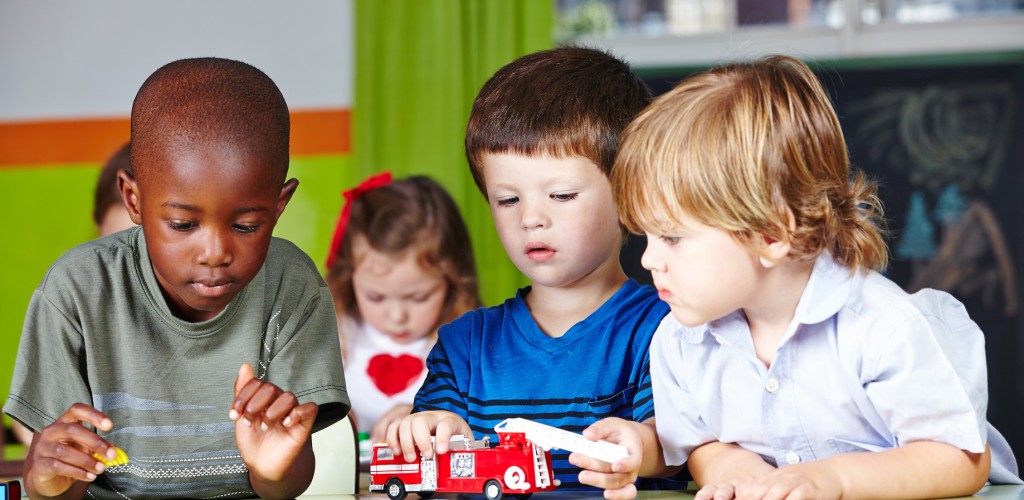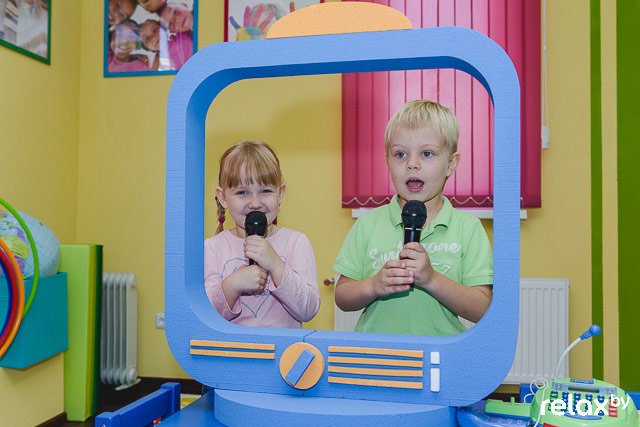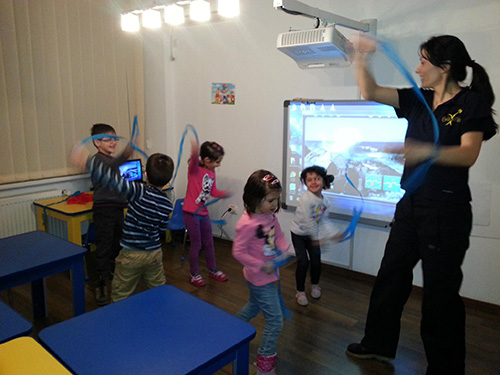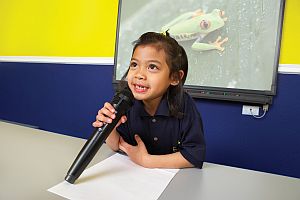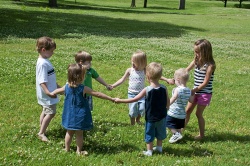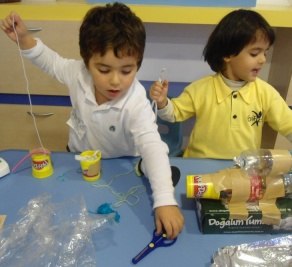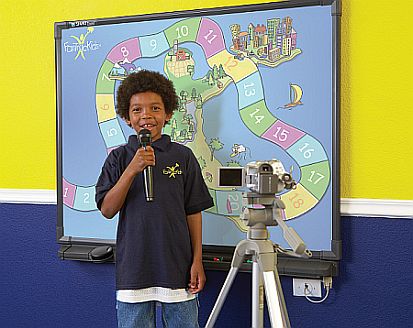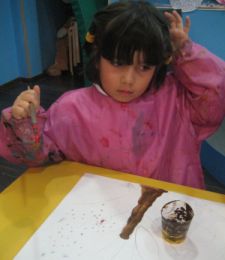Sharing, listening, belonging, communicating. These actions and feelings can all be associated with how a child learns an important life skill called socialization. During the critical developmental period of a child’s life, from birth to 8 years old, relationships are created with his or her parents, siblings and friends. These relationships require a bond, whether it’s reading a book, sharing a toy or playing a game. The more social interaction a child can experience, the easier it is for them to achieve shared goals.
Read more >



